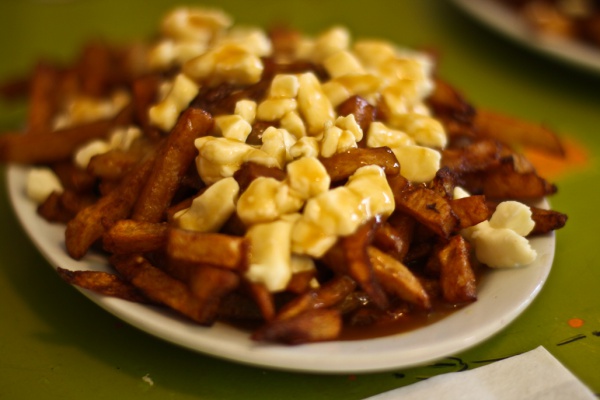Facts About Poutine
Poutine, a cherished Canadian dish, is a delightful amalgamation of crispy french fries, squeaky cheese curds, and rich brown gravy. It emerged in Quebec in the late 1950s and, despite initial ridicule, has grown into a celebrated emblem of Quebecois cultural pride. Over the years, poutine's popularity has extended across Canada and even internationally, with cities hosting annual poutine festivals.
The origins of poutine are somewhat disputed, with several Quebec restaurants laying claim to its invention. The classic recipe is simple but delicious: french fries topped with fresh cheese curds and generously draped in brown gravy. However, inventive chefs have concocted numerous variations, incorporating unique ingredients such as foie gras, caviar, and truffle to create gourmet renditions.
Poutine's allure isn't confined to Canada. It has garnered fans in the United States, the United Kingdom, South Korea, Russia, and many other countries. The dish has become a mainstay in various culinary arenas and frequently appears in popular culture. Poutine festivals, competitions, and events worldwide further cement its status as a beloved culinary treasure.
Over time, poutine has evolved from a dish with a somewhat tainted reputation to a proud symbol of Quebecois and Canadian culture. This transformation has sparked conversations about cultural appropriation and the dish's connection to Quebecois identity. Even politicians have joined the discourse, humorously referencing poutine in their speeches.
Poutine’s journey from a humble snack to a globally adored dish underscores its cultural significance and culinary charm. As it continues to inspire new interpretations and culinary innovations, poutine remains a cherished staple in Canadian cuisine and beyond.

 Mexico
Mexico